
The hotly anticipated new edition of the James Bond franchise No Time to Die has been delayed once again until October 8, 2021.
Is this due to the pandemic restrictions and fear that cinemas will not be open for a summer release?
It looks more likely that the film has been delayed this time so the producers can painstakingly reshoot scenes, including time-sensitive product placement.
A source told The Sun, “Some of those things were the very latest models back when they started filming, but by the time the movie comes out now, it will look like Daniel Craig, and all of the other cast members are carrying something that has been out for ages… It means some of the scenes are going to have to be very carefully edited and looked at to bring things up to date”.
The film is set to include products from Adidas, Bollinger champagne and Omega watches but the most important scenes that will need to be changed are those including gadgets from tech firms and mobile phones provided by Nokia.
James Bond has always been known for product placement, with the Aston Martin becoming synonymous with the spy himself in the films. Pierce Brosnan’s Die Another Day was even dubbed as Buy Another Day for containing so many product advertisements. In the film, twenty companies saw their products advertised throughout the movie, collectively paying $70m (£44m) for the privilege in 2002.
But has product placement always been so important to film producers?
One of the earliest documented cases of product placement comes from the 1920s, The Garage, starring Fatty Arbuckle and Buster Keaton. A sign for Firestone tires was on the wall of the auto shop, but Red Crown Gasoline was featured constantly on the walls and equipment.

The first Academy Award-winning film to feature product placement was Wings in 1927. The film featured several shots of Hershey’s chocolate bars and several scenes with actors eating the chocolate.
Hershey’s really helped start a boom in film product placement, with the company paying $1 million in 1982 for Reece’s Pieces to be the sweet of choice in the blockbuster E.T. the Extra-Terrestrial.
It has been reported that Reese’s Pieces saw a 65% jump in profits only two weeks after the movie premiere, and Hershey’s was still using E.T to market Reese’s Pieces as recently as 2002.

After E.T.’s success, product placement became big business, not only for corporations but also for film studios.
In the late 1980s, Disney was charging between $20k and $50k per placement, depending on the exact placement and usage, whilst in 2013 The Smurfs 2 managed to cover the entire cost of the movie’s production ($105 million) with $150 million worth of product placement deals.
Types of product placement
Throughout the years, we have been able to identify three main types of product placement.
- Screen Placement
Screen placement uses a product in the foreground or background of a shot. Director Michael Bay is the master of using screen product placement in his films. He currently holds the record of featuring 55 different brands in Transformers: Age of Extinction, a film already based on a product itself.
- Script Placement
Script placement literally puts a product in the script. For instance, in Back to the Future Part II, Marty McFly orders a Pepsi in the entire product placement scene featured in Wayne’s World.
- Plot Placement
Plot placement makes a product a part of the film. This can be seen with the James Bond films or in the masterpiece of product placements, The Lego Movie, which really is just 100 minutes of advertising.
So, product placement looks to be an enduring feature on the big screen, and it’s not a fact to be mourned over. Without product placement, we may never get to see our favourite films as all films need funding to produce them. Product placement can sometimes be too much, but I cannot imagine a James Bond movie without seeing the newest gadget.
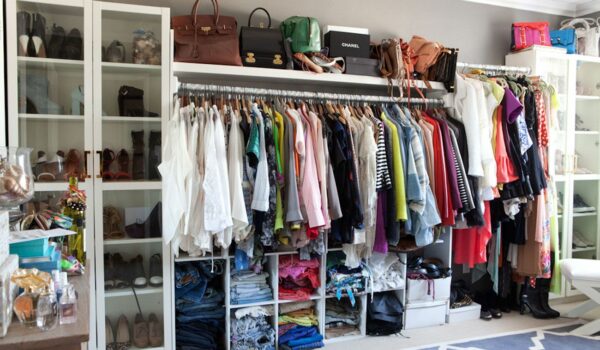
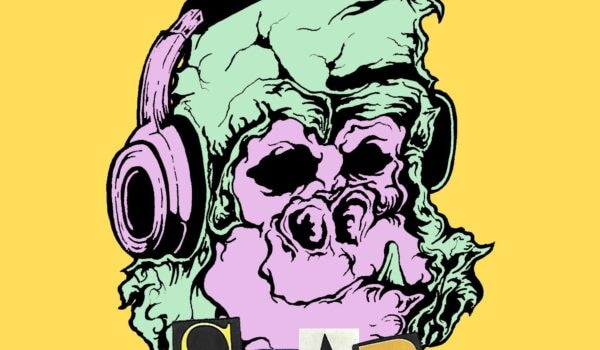
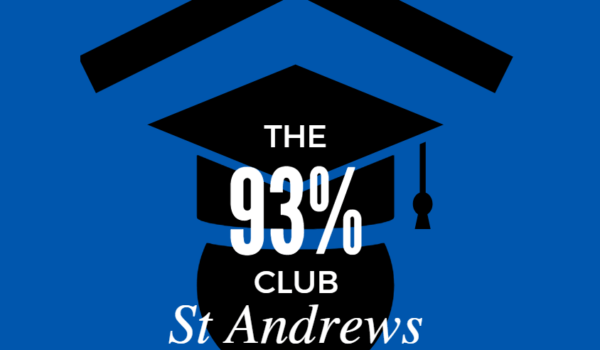

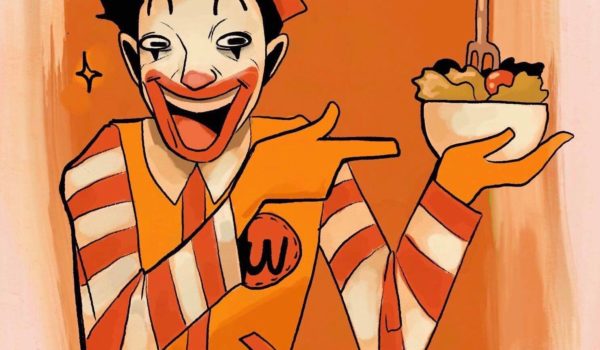
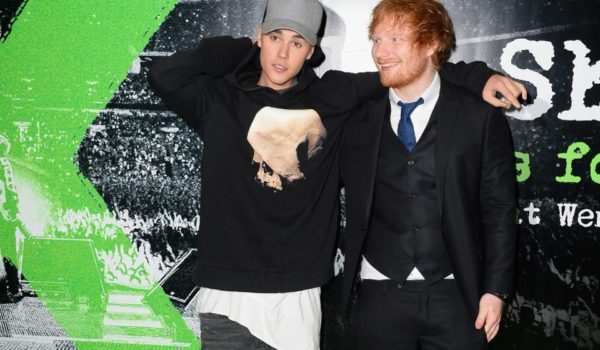
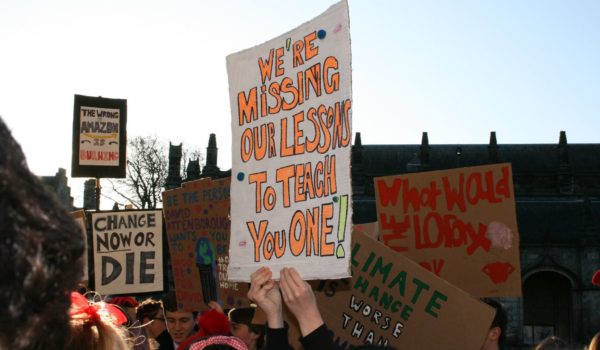
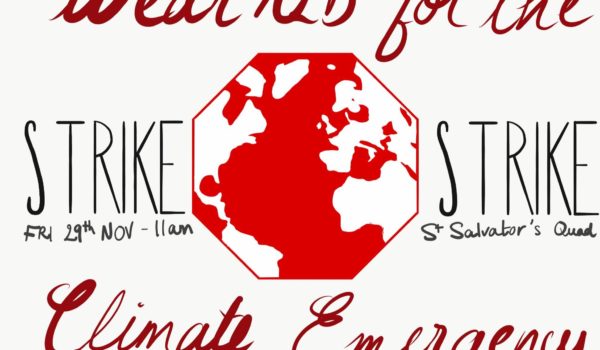

Comments